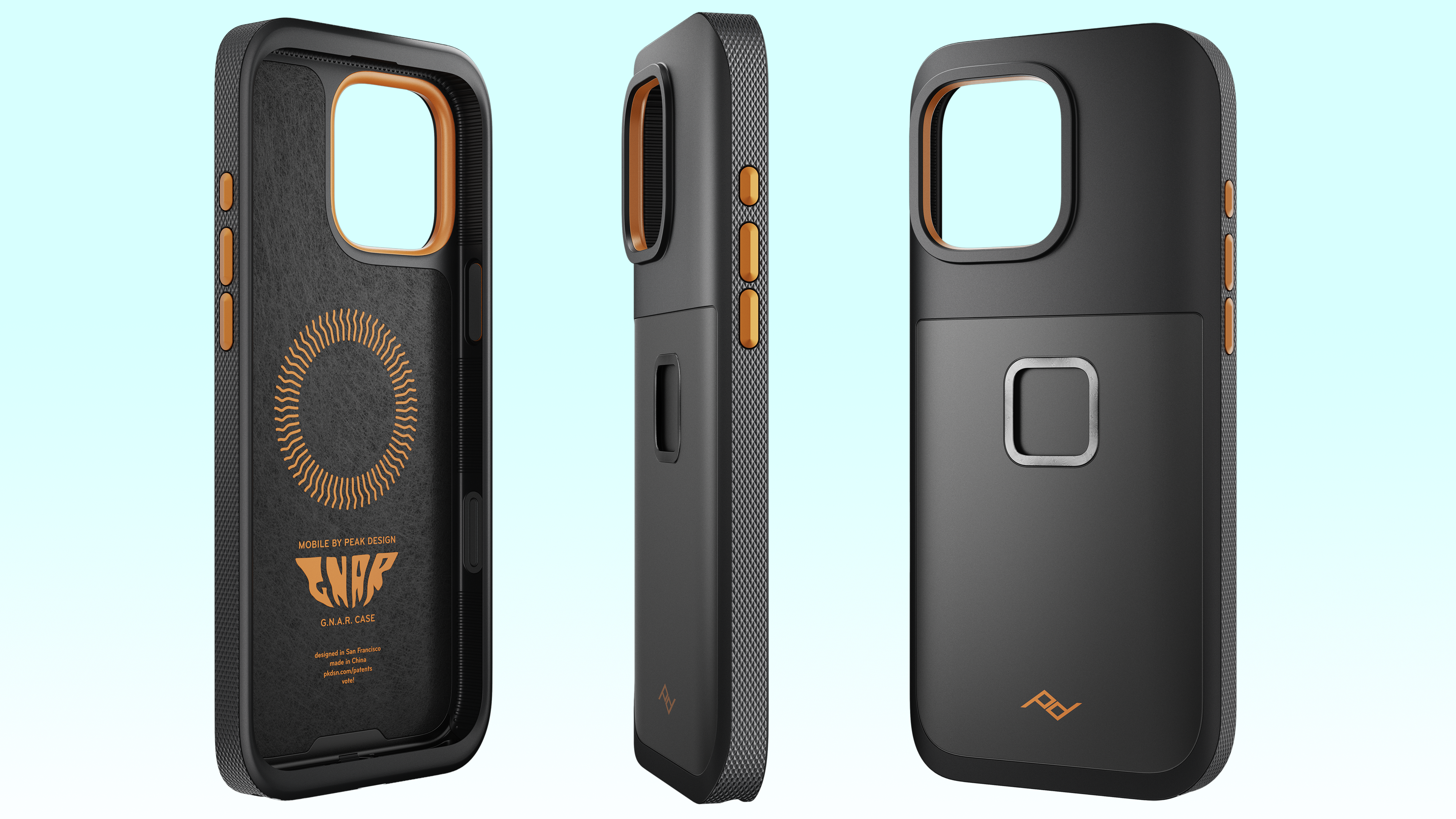Canon R8 vs R6 Mark II
Canon adds a more affordable EOS R8 full-frame camera to its lineup. How does it compare to its EOS R6 Mark II big brother?
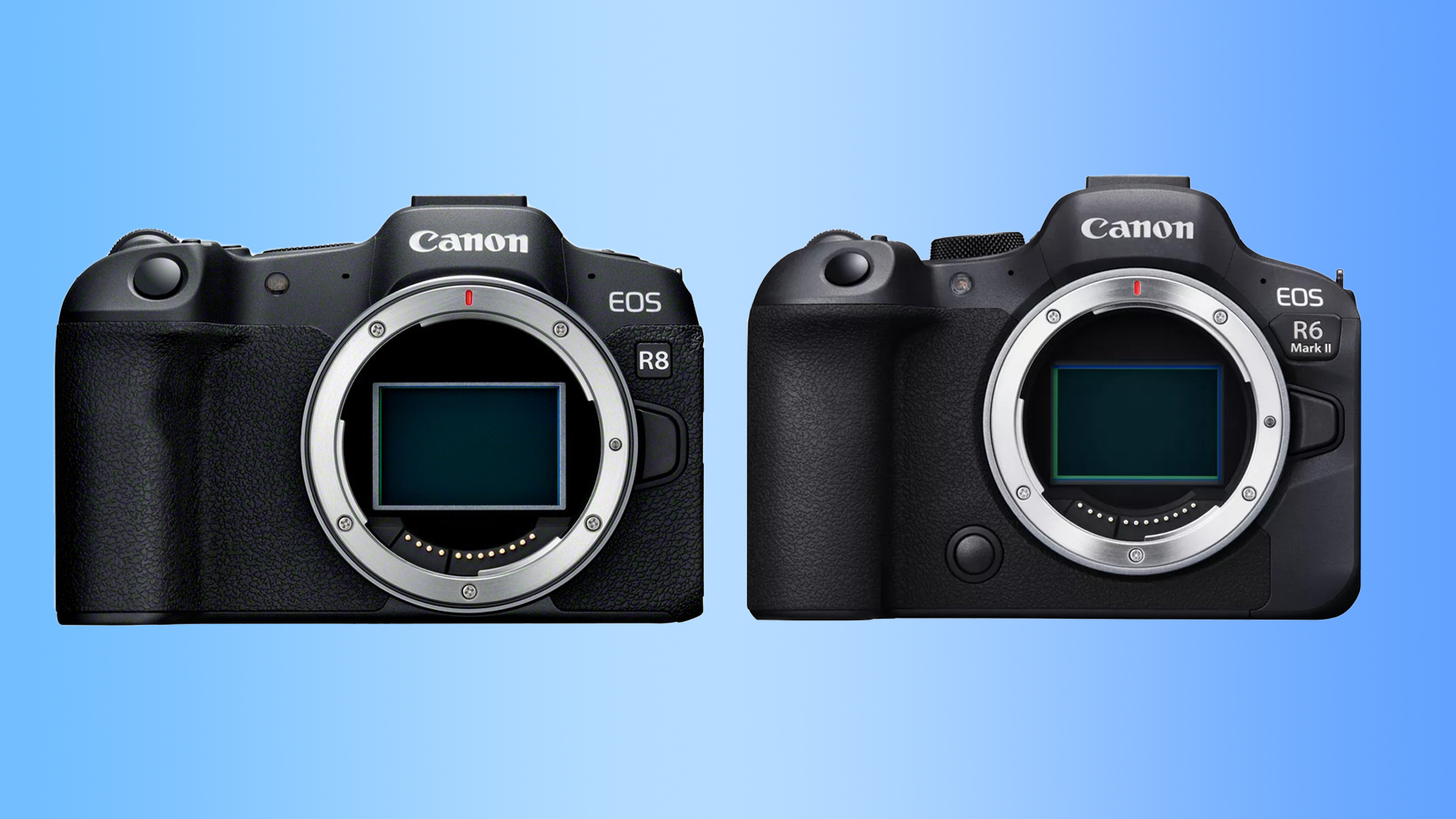
With both the Canon EOS R8 and the Canon EOS R6 II now sporting full frame sensors but otherwise looking very similar, you might be wondering what the differences are between the two models, and how you are going to decide which one is right for you. Well, we are here to separate them for you in our Canon R8 vs R6 Mark II comparison…
Previously, if you wanted a more affordable full frame camera from Canon, your choices were limited to the Canon EOS RP or the Canon EOS R6 Mark II, but as Canon seems intent on filling out the market at every price point, and the Canon EOS R8 introduces another full frame option between these two prior models.
The Canon EOS R8 shares a lot in common with its more expensive big brother, the R6 Mark II, as they are built around the same sensor and processor, but differ in key physical aspects.
Both cameras are pitched as one of the best hybrid cameras on the market, making excellent cameras for photography, but also being a worthy choice for the best camera for vlogging or the best camera for filmmaking.
The Canon EOS R6 Mark II is already undoubtedly one of the best Canon cameras you can buy today, but how does it stack up to the Canon EOS R8?
Pre-order the Canon EOS R8 at B&H Photo, US
Pre-order the Canon EOS R8 at Adorama, US
Pre-order the Canon EOS R8 at Wex Photo, UK
Canon EOS R8 vs Canon EOS R6 II
Why you can trust Digital Camera World
1. Sensor
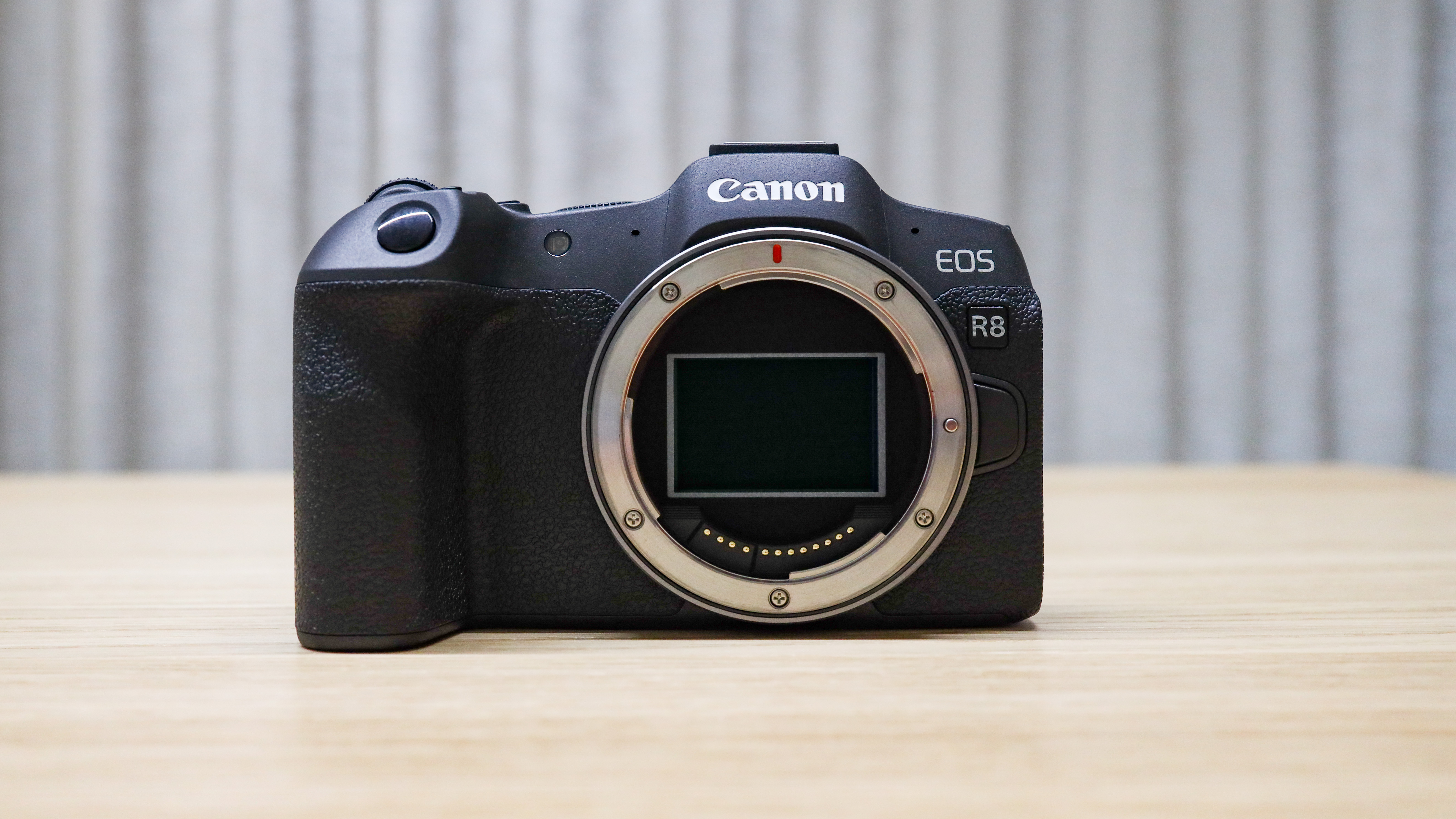
• Canon EOS R8: 24.1MP full frame CMOS
• Canon EOS R6 II: 24.1MP full frame CMOS
There is not much to compare here, with both cameras sharing the same 24.1MP full frame sensor. The sensor in both cameras is a CMOS sensor that offers good low light sensitivity, with a native ISO range of ISO 100-102,400, which is expandable to ISO 50-204,800 and is able to expose down to -6.5EV.
If you want to capture beautiful images, it doesn't matter which one of these Canon cameras you go with as both cameras with the same lens will produce the exact same image quality. So chalk this one up as a tie.
2. Autofocus
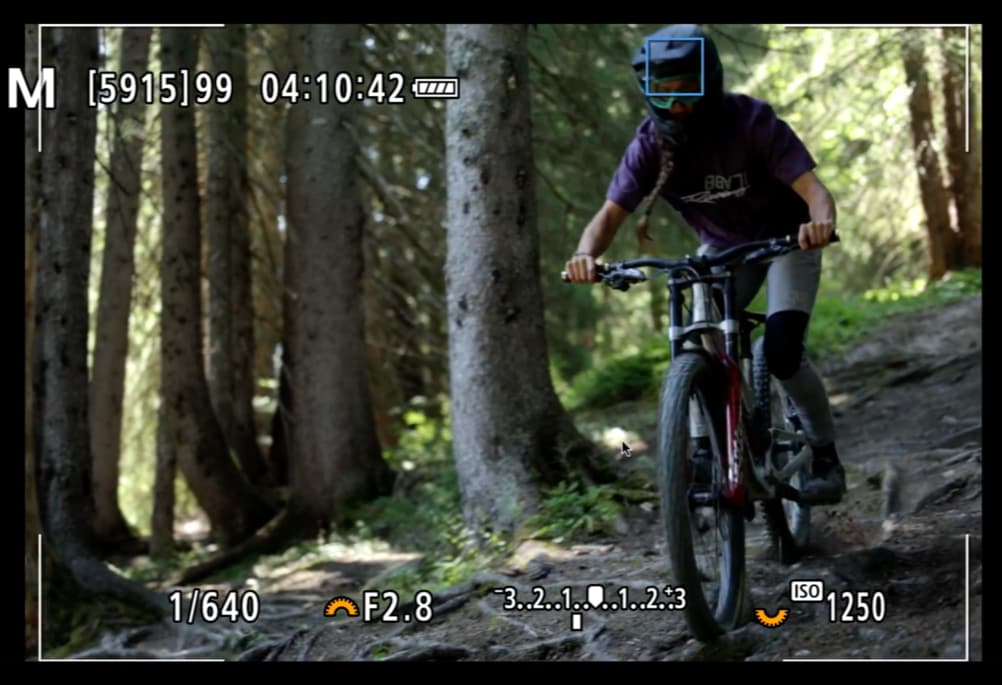
• Canon EOS R8: Dual Pixel CMOS AF II, AI deep learning
• Canon EOS R6 II: Dual Pixel CMOS AF II, AI deep learning
Again, Canon's EOS R8 and EOS R6 Mark II share the same autofocus system, both utilizing Canon's latest Dual Pixel CMOS AF II with AI deep learning powered by the Digic X processor.
With Canon's Dual Pixel CMOS AF II, every single pixel in the sensor is used for both autofocus and imaging, which means over 6,000 selectable autofocus points.
The 'deep learning' comes into play with Canon's subject recognition algorithms, recognizing a wide range of subjects including the bodies, heads, eyes, and faces of humans, as well as animals, which includes dogs, cats, birds, and horses, and vehicles with cars, motorbikes, trains, and aircraft.
So, again, these two cameras cannot be separated by their autofocus performance alone.
3. Stabilization
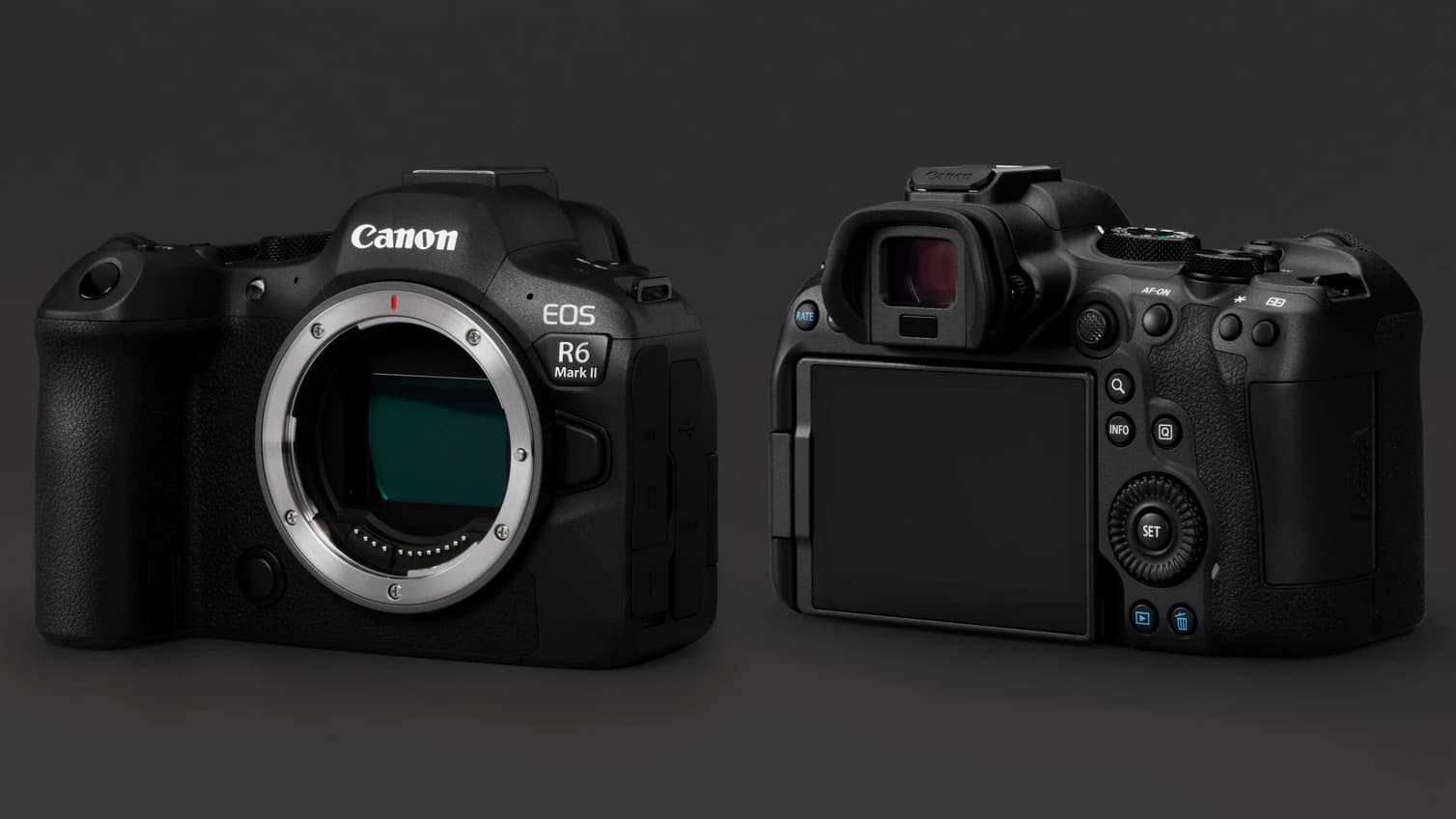
• Canon EOS R8: No IBIS, lens-based stabilization only
• Canon EOS R6 II: 5 stops IBIS, up to 8 stops with IS lens
Here we start to see some light between the two cameras. The EOS R8 lacks any in-body image stabilization at all, although can be used with Canon's image-stabilized lenses, which usually offer 3 to 4 stops of optical stabilization.
The Canon EOS R6 II on the other hand does offer in-body image stabilization, with up to 5.5 stops in-camera, and when combined with compatible Canon IS lenses can reach up to 8 stops of shake compensation. Although this does vary from lens to lens.
Both also offer the same optional digital stabilization system, but this is at the penalty of a slight crop on your footage so best to avoid it unless absolutely necessary.
So we finally have a clear category winner, with the Canon EOS R6 Mark II being the better choice for users with unsteady hands, low-light shooters, or regular handheld video work where the IBIS of the R6 Mark II can really come into play.
4. Video
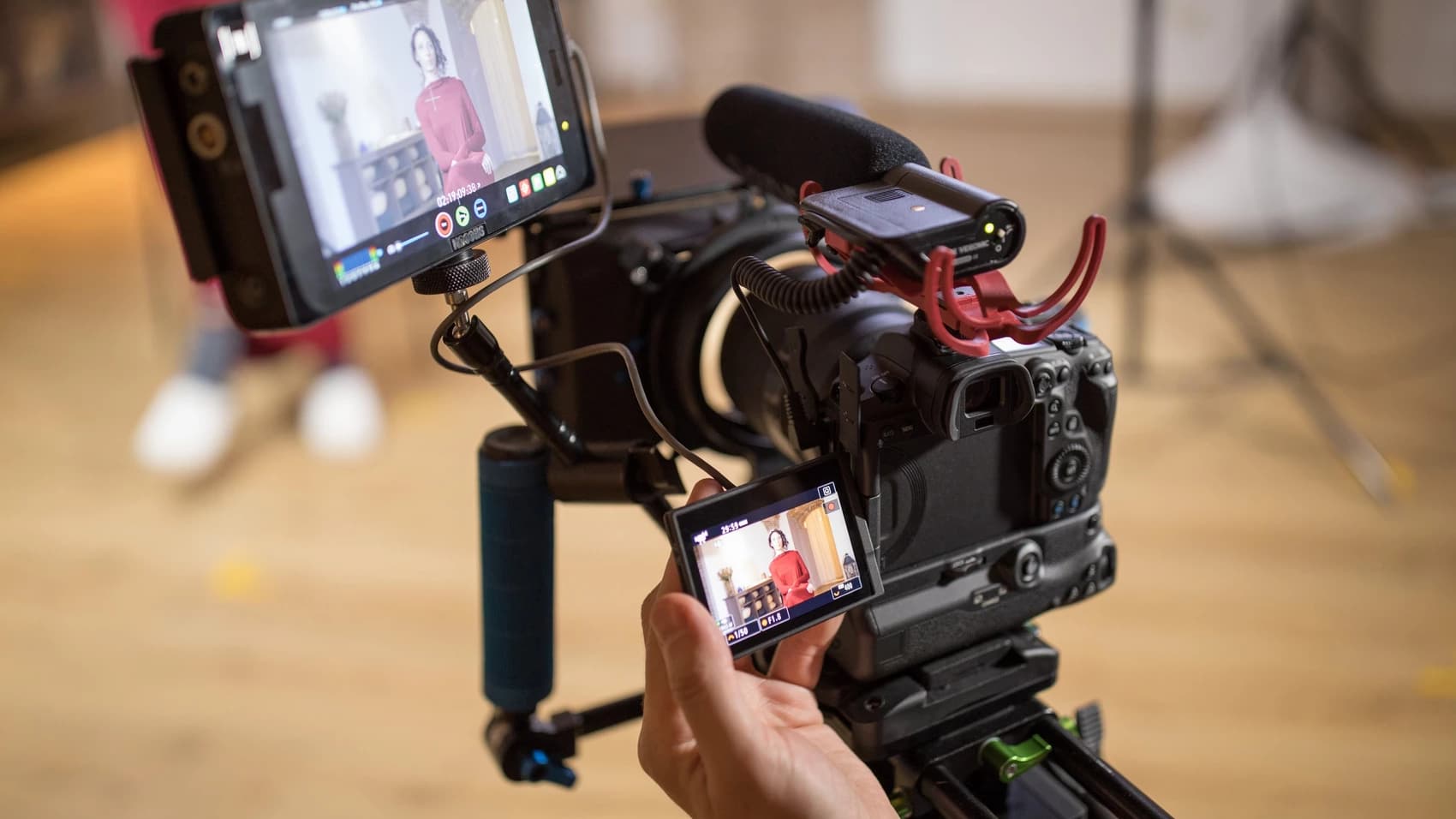
• Canon EOS R8: 4K 60p oversampled, full width, 10-bit 4:2:2 internal
• Canon EOS R6 II: 4K 60p oversampled, full width, 10-bit 4:2:2 internal
And we are back to the same issue, these cameras both have the same video spec as each other, which makes separating them almost impossible.
Both cameras can shoot full width 4K 60p, this is actually oversampled 6K footage that captures videos using the whole sensor width and then downscales it to 4K. The cameras are also capable of shooting in 1080p Full HD up to 180fps.
Both cameras can capture 4:2:2 10-bit video internally, using Canon C-Log3 or HDR PQ for more advanced filmmakers to tweak their footage and color grading in post-production. For an even more professional level of editing, only the EOS R6 Mark II can output 6K ProRes RAW to an Atomos Ninja V+.
One key area where these cameras differ for video is in the stabilization mentioned in the previous section, with the Canon EOS R6 Mark II offering more advanced IBIS stabilization, video footage that is shot handheld or in low light will be much more stable than with the EOS R8 which only offers lens-based IS.
With the added stabilization, this is a clear win for the Canon EOS R6 Mark II.
5. Continuous shooting

• Canon EOS R8: 40fps electronic, 6fps first curtain electronic shutter, 30fps Raw Burst
• Canon EOS R6 II: 40fps electronic, 12fps mechanical, 30fps Raw Burst
There isn't a huge amount to differentiate the two cameras again here, with both cameras capable of shooting at a blazing 40 frames per second using the electronic shutter, and 30fps in RAW burst.
The EOS R6 has a fully mechanical shutter with a shutter speed of 12fps, while the EOS R8 has an electronic first curtain shutter (which eliminated rolling shutter effects) that only racks up 6fps.
The cameras have slightly different maximum recording speeds, using the 40fps electronic shutter, the EOS R8 tops out when continuously shooting at 120 JPEG, 56 RAW, or 100 CRAW images, while the EOS R6 Mark II comes in slightly higher with 190 JPEG, 75 RAW, or 140 CRAW images. Although this will only matter to the most serious of sports or wildlife photographers, it is a point of separation between the two.
The EOS R6 Mark II takes this win for its mechanical shutter and faster readout.
6. Storage and displays
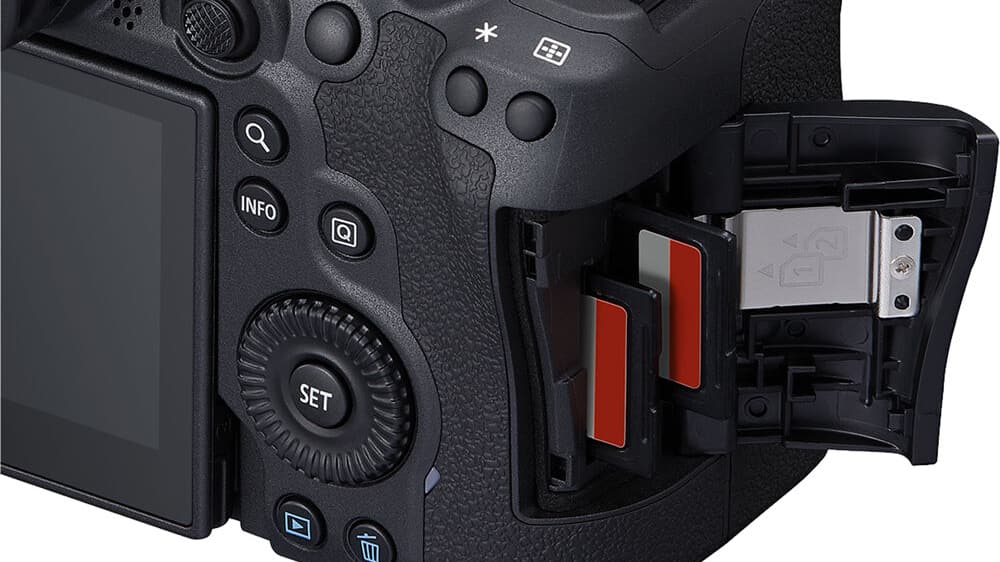
• Canon EOS R8: 1x SD UHS-II, 2.36m dot OLED EVF, 3-inch 1.62m dot vari-angle screen
• Canon EOS R6 II: 2x SD UHS-II, 3.69m dot OLED EVF, 3-inch 1.62m dot vari-angle screen
The Canon EOS R6 Mark II is the clear winner when it comes to storage, with dual SDXC UHS-II slots, which can be used for simultaneous recording or overflow when one card is full. The SD card slots are also placed on the side of the camera.
The EOS R8 is stuck with only one SDXC UHS-II slot, which also places the SD card slot under the battery compartment, which is frustrating when using accessories that cover the bottom panel of the camera like a tripod or gimbal.
The two cameras share the same technology in the vari-angle screen on the rear, both having a 3-inch 1.62 million dot resolution. However, when it comes to the electronic viewfinder the EOS R6 Mark has the superior screen with a 0.5-inch 3.69m dot OLED EVF versus the smaller 0.39-inch 2.36m dot OLED EVF on the Canon EOS R8.
With the Canon EOS R6 Mark II offering an additional SD card slot that is better placed, as well as a larger and sharper viewfinder, it is the clear winner of this round.
7. Size and weight
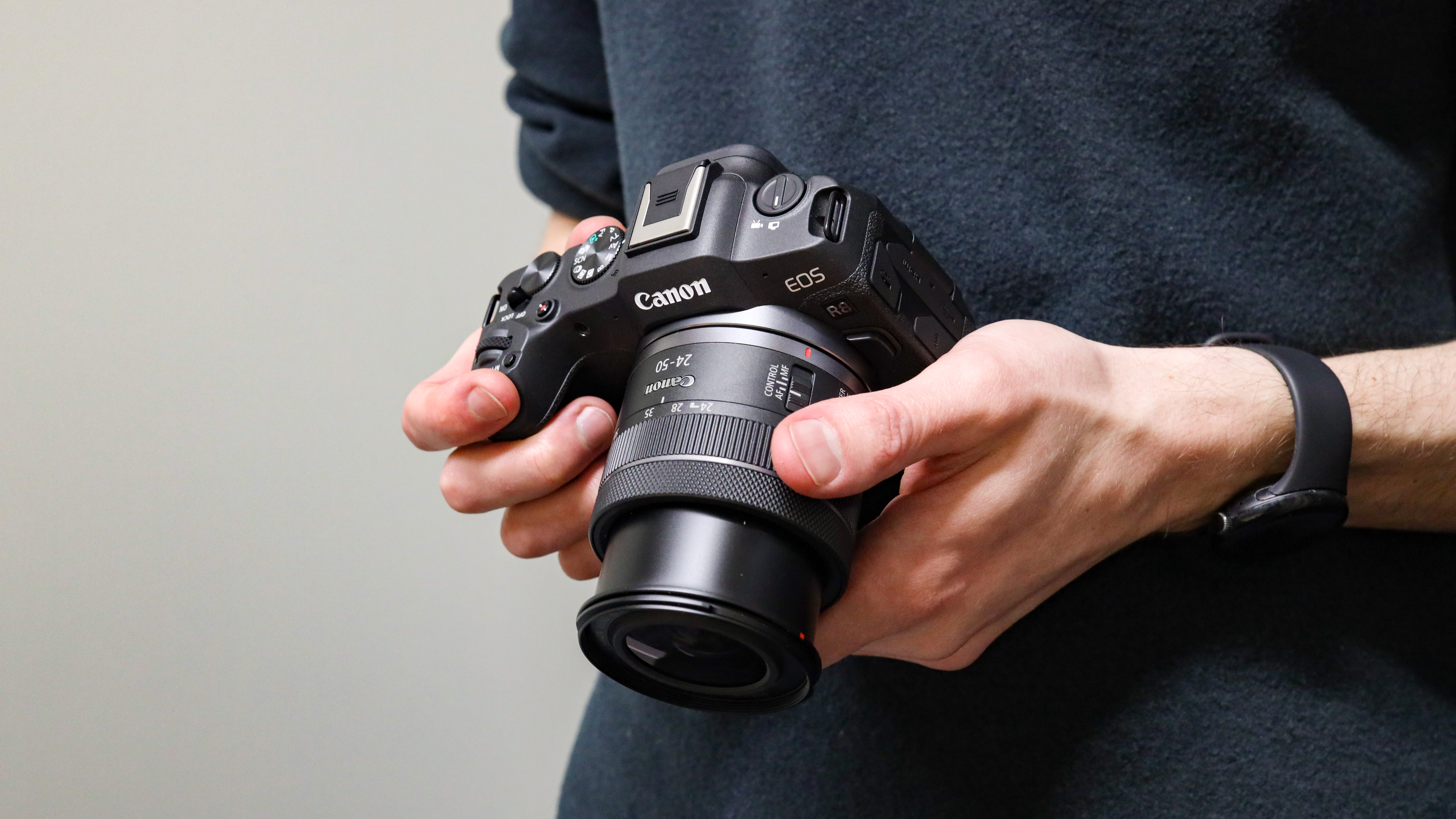
• Canon EOS R8: 132.5 × 86.1 × 70.0 mm, 414g
• Canon EOS R6 II: 138.4 × 98.4 × 88.4mm, 670g
This is a hard category to say which camera is better, as different people have different economic priorities. If you want a smaller and lighter camera, then there is a clear winner with the EOS R8 being quite a bit more slender than the R6 Mark II, and over 200g lighter.
The EOS R8's smaller size though comes with the forfeiture of added grip, with the camera being harder to hold on to with larger hands. Also if you plan to use larger L-series lenses on the R8 then the balance will be significantly front-heavy. So choosing the R6 Mark II might be a better option in these scenarios.
Let's call this round undecided.
8. Price
• Canon EOS R8: $1,499/£1,699 (about AU$2,952)
• Canon EOS R6 II: $2,499/£2,779 (about AU$3,552)
Here we come to probably the deciding factor for most people, there is a gulf in between these two cameras, with $1000/£1000 separating the Canon EOS R8 and R6 Mark II.
The EOS R6 II already looked quite expensive, with cameras from other brands with similar specs undercutting it on price. However now, with it sharing so many of its best qualities with the EOS R8, the newer model it has maybe made it look a little overpriced.
The Canon EOS R6 Mark II still has a lot going for it like IBIS and dual SD slots, as well as being the larger and more professional camera, but it is up to each individual buyer to decide whether it is worth a $1000 premium.
Canon EOS R8 vs Canon EOS R6 II: Verdict

This is almost impossible to call. With both the EOS R8 and EOS R6 Mark II sharing the same image and video quality, it all really comes down to the physical nature of the cameras.
While IBIS is a fantastic feature, it is not totally necessary, and is probably not worth the extra expense alone. However, for a larger camera that is easier to hold, with weather sealing, two SD cards, and a joystick – the purpose of the EOS R6 Mark II as the more professional option comes clear.
Which camera you choose will entirely depend on what you want to use it for, with the smaller and lighter EOS R8 being the better choice for bloggers, travelers, and casual photographers. And the better-equipped EOS R6 Mark II is the clear winner for serious enthusiasts and professionals who will spend long hours working on projects with their cameras.
Get the Digital Camera World Newsletter
The best camera deals, reviews, product advice, and unmissable photography news, direct to your inbox!

Gareth is a photographer based in London, working as a freelance photographer and videographer for the past several years, having the privilege to shoot for some household names. With work focusing on fashion, portrait and lifestyle content creation, he has developed a range of skills covering everything from editorial shoots to social media videos. Outside of work, he has a personal passion for travel and nature photography, with a devotion to sustainability and environmental causes.
